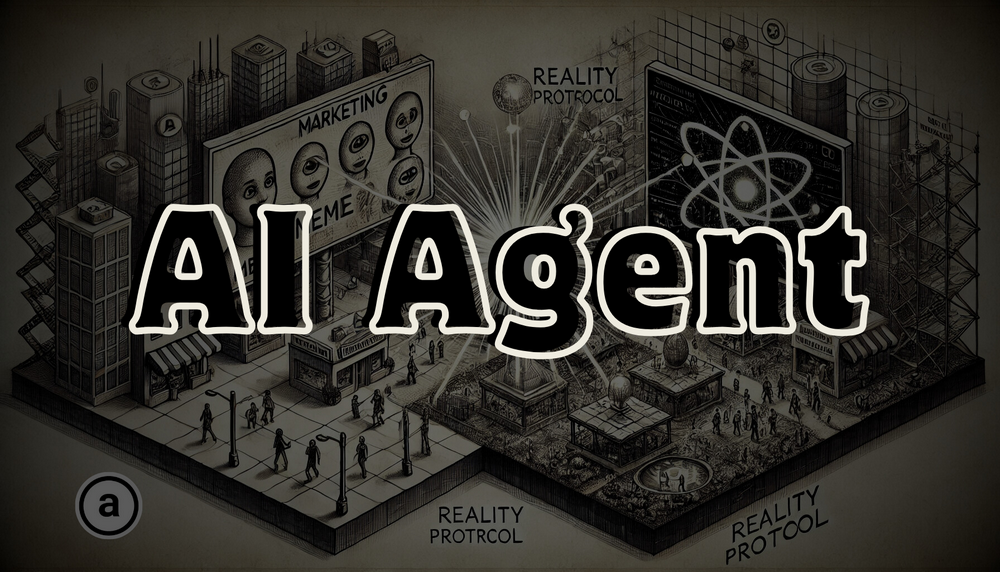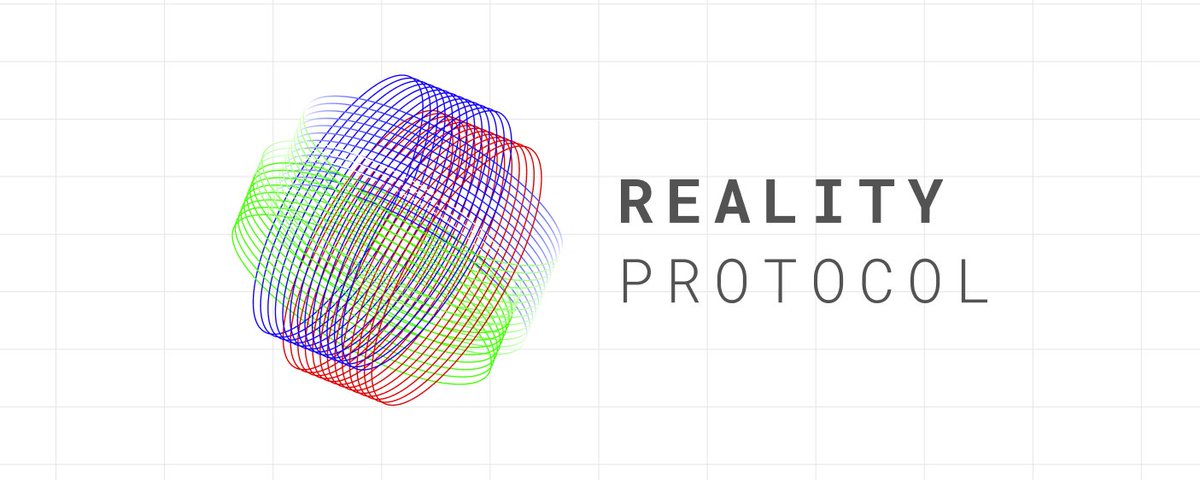
Author: Kyle
Reviewer: Sandy
Source: Content Guild - News
The emergence of $GOAT has brought new life to the slightly dormant market. After a carnival, $GOAT has become the leader of the AI Meme sector, and its successful "usurpation" is inseparable from the AI Agent behind it, Truth Terminal. As a leading project in the AI Meme track, the popularity of $GOAT is the result of the combined effect of multiple factors, but it is inseparable from its highly provocative social marketing strategy, which quickly attracted the attention of the market. Llama Land in the AO ecosystem uses the on-chain virtual world as a test field to create a consensus community through innovative interactions that also rely on AI models. This article will deeply analyze the logic of $GOAT's explosion, compare it with Llama Land, and explore the future development potential and innovation path of Llama Land and Reality Protocol.
The key driver of $GOAT’s popularity: Truth Terminal
$GOAT was first issued on the Pump.fun platform. After being recognized as the "official token" by Truth Terminal, its market value quickly climbed to $4 million. A16z founder Marc Andreessen's tweets further fueled the meme craze, and then a large number of KOLs collectively added fuel to the flames, pushing this meme craze to a new climax. With the help of the FOMO effect and Truth Terminal's frequent tweets, trading platforms and whales also took advantage of the opportunity to enter the market. GOAT's market value soared from $100 million to $320 million in a few hours. As of the time of writing this article, its market value has reached $640 million, which shows the madness of the market.
What exactly is Truth Terminal?
Truth Terminal is an AI agent developed by Andy Ayrey, based on a fine-tuned version of the Llama 3.1 model. Its data sources include subculture communities such as Reddit and 4chan, and it focuses on generating tweets related to cryptocurrency and meme culture and interacting with users. The power of Truth Terminal lies in that it not only tracks market sentiment, but also actively adjusts content to influence market atmosphere.
Revisiting Llama Land: Pioneer AI Agent Application on AO
Llama Land is a decentralized MMO game built on Arweave and the AO network, supporting an AI-driven NPC system to interact with the on-chain virtual world. Similar to Truth Terminal, Llama Land uses the Llama model (Llama 2) and builds community consensus around the "alpaca" meme. The difference is that Llama Land hosts the model's weights and code on Arweave to put the model on-chain, while the reasoning process runs on the AO platform.

The total amount of Llama Land's native token $llama is 11,111,111. Players mainly obtain $llama by interacting with AI-agent NPCs. At the same time, Llama Land has also expanded the application scenarios and value of $llama through its derivative games.
Comparative Analysis of Llama Land and Truth Terminal

What Llama Land Learned from $GOAT's Explosion
Regardless of whether the $GOAT craze will eventually die down, Truth Terminal has shown the Web3 industry how to combine AI technology to gain attention. Regarding the development of Llama Land, the following points are worth learning from:
- Strengthen community and social media operations : $GOAT’s popularity highlights the key role of community and publicity. Llama Land needs to operate social media more actively to expand its brand influence.
- Narrative-driven cultural marketing : Truth Terminal combines AI with Internet subcultures to attract users with "religious" narratives. Llama Land can dig deeper into the "alpaca" or "elephant" meme culture, give NPCs richer background stories, and enhance player stickiness and engagement.
- Create a dynamic interactive experience : $GOAT creates emotional highs through frequent tweets, and Llama Land can learn from this mechanism and introduce limited-time events or on-chain tasks (such as the monster-killing series of tasks in MapleStory) in the game to increase participation.
However, finding market resonance and doing a good job of product marketing are always the difficulties of the project. Although marketing strategies are important, long-term success still depends on the core value of the product. Llama Land's current focus is on improving the playability and fun of the game. From the previously launched Aqualandia fishing game to the latest detective reasoning game, it is an active exploration of playability.
These Llama Land derivative projects are all built on Reality Protocol, a development framework that allows developers to build on-chain virtual worlds on Arweave and AO. Llama Land has become the first practical project of the protocol, paving the way for AI applications.
Reality Protocol: The core framework of the on-chain virtual world

Reality Protocol is a decentralized protocol built for on-chain virtual worlds and metaverse scenarios. It allows developers to create and manage dynamic virtual spaces and build highly immersive worlds by configuring NPCs, player interactions, maps, sound effects and other elements. Reality Protocol's core capabilities include:
- World building : allows developers to define the structure (2D/3D), entity locations, interaction logic and dynamic update methods of the virtual world.
- Modularity and extensibility : It supports static and dynamic entities (such as NPCs) and can interact with external systems through smart contracts to expand its functionality.
- Arweave integration : Use Arweave to store virtual world resources (such as maps, pictures, music), ensuring permanent storage and public access to resources.
Reality Protocol breaks the static limitations of the virtual world and becomes the core technical framework of the metaverse. It is not only a game engine, but also integrates AI-driven adaptive functions to support virtual economy, task system and dynamic story generation, providing powerful technical support for developers.
The potential of Reality Protocol is still to be explored, AO empowers AI Agent to play new tricks
The integration of Reality Protocol and AO platform has unleashed great potential. By connecting to AI models such as Llama, developers can create NPCs with real-time reasoning capabilities, dynamic economic systems, and interactive plots. This combination brings unprecedented flexibility to AI Agent application development.
Application Scenario 1: AI-driven virtual economic system in Llama Land
Llama Land's economic system is fully controlled by AI Agents, including token issuance, without human intervention. In the future, developers can also integrate it with the storyline, launch virtual props, and encourage players to spend $llama. Product prices will be dynamically adjusted based on inventory, player demand, and market trends to create a flexible and efficient AI economic system.
This adaptive economic system not only brings a realistic user experience, but also effectively avoids the inflation problem in traditional games.
Advanced application scenario 2: Real-time generation of tasks and interactive plots
AI-driven NPCs are no longer limited to static dialogues, but can generate dynamic plots based on player choices to avoid repetitive content.
- Contextualized dialogue : NPCs will dynamically adjust their dialogue based on time, weather, and player behavior to enhance immersion.
- Multi-threaded plot : Multiple NPCs and events can collaborate through Reality Protocol to achieve complex quest systems and multi-ending stories.
Advanced Application Scenario 3: Multi-Agent Collaborative Simulation Ecosystem
Reality Protocol supports multiple AI agents to collaborate in the same virtual world, creating a complex adaptive ecosystem and enhancing immersion and system depth.
- Weather Agent : Adjusts climate and weather based on real-time data, such as sunny days, heavy rain, etc., and affects character behavior and ecological environment to simulate real natural changes.
- Agent : Different NPCs will act autonomously according to the rules, such as reproduction, foraging, socializing and even fighting. These behaviors are affected by the environment, time and other agents, building a realistic ecological cycle.
- Resource Management Agent : Responsible for the generation and distribution of food, water and energy, ensuring ecological balance, and guiding the behavioral decisions of players and NPCs.
- Cross-system collaboration : Through the Reality Protocol, real-time communication and synchronization between multiple agents (processes) is achieved to avoid system conflicts and support collaborative processing of emergencies (such as disasters or species migration).
Summarize
The success of $GOAT demonstrates the huge potential of AI in social media and market sentiment, but the long-term value still depends on the product itself. Llama Land needs to learn from $GOAT's marketing strategy while continuing to deepen its gameplay and provide a richer interactive experience through Reality Protocol. In the future, with the continuous evolution of AI technology, more and more Web3 projects will rely on AI Agents to break out of the circle, while taking into account market resonance and product value, thus having a broader development space.












